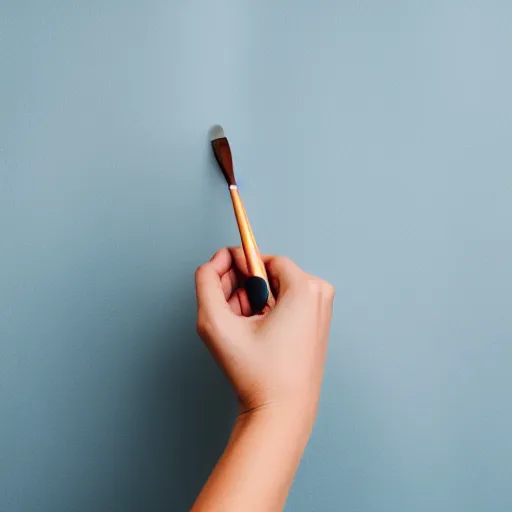How to come up with creative ideas

1. Start with what you did, see and hear
Creative ideas don't just drop from the sky into your head. They form by making associations. You, therefore, need input. You can start by evaluating what you did this day, or the last day if you do this in the morning.
For example, you got up, got dressed, brushed your teeth, brought your kids to school, talked with someone about the Ukraine war and the high energy prices, went home, vacuum cleaned your house, started to work, walked the dog, read in the news something about a man who can speak through its mind via electrodes taped onto his head, you listened to a podcast about stoicism, etc. You get the idea. This is your primary input.
2. Take the world latest trends
What are the trends that are currently changing the world? It's easy, they are the blockchain, virtual reality, augmented reality, non-fundable tokens, electric cars, drone wars, conspiracy theory believers, online platform integrations, etc. Depending on the field you're working in and the information you read, you will probably come up with some items different than mine.
3. Blend
Now, walk by everything from step one and think, how would this be if this thing from step two would start to play a role in it. Getting dressed would be different if I could see myself in VR, instead of in a mirror. A mirror with AR, could color red the spots I missed during brushing my teeth. From a certain age, a drone could bring my kids to school. Your ability to keep your house clean, or whatever goal you set for yourself, could be rewarded by getting a blue checkmark on your favorite social media platform.
You don't need to have good ideas. You just need to generate a lot of ideas.
4. The efficiency question
The next step you could do is question yourself if things could be done more efficiently. For example, getting dressed involves searching through your closet. You have all this clothing because you need to gather piles of dirty clothes before you can start to wash them. Perhaps a device, that you can put in your clothes when you go to bed and where they come out washed, dried, and folded in the morning, would be more efficient.
Next for teeth. Can't you just put in a bit, that starts cleaning your teeth, while you put on your clothes?
And so on.
5. Reverse
Turn things upside down. For example, you do vacuum cleaning to get your house clean. What if people do this not after their house gets dirty, but before? Actually, people do this. They clean their houses BEFORE a birthday party. Which is funny. You could work this out into a funny sketch.
Another example is what if people work out to get less healthy. Wait, that's exactly what our biggest sportsmen, our examples, do. We work out to get healthier, and our biggest examples are people who take that to such an extreme, that it's less healthy. And we listen to those people. Again, that's funny. Or sad.
6. The scaling question
The scaling question is always nice. What can I change so that more people benefit from my efforts or skills, without increasing the amount of required work, at least not at the same rate?
You could also think about how you can turn something into a service (perhaps this is a different question).
What if people, when they go to bed, just toss their dirty clothes out of their windows, to find them back cleaned, ironed, and folded in the morning? Cleaning as a service.
7. The Lean Startup pivot types
Eric Ries wrote this amazing book "The Lean Startup". In it, he describes the following pivot types: zoom-in (turning a small feature into a full product), zoom-out (turning a product into just a feature by adding related features), customer segment (taking a proven idea to another type of customers), and others would be customer need, platform, value capture, the engine of growth, channel, technology.
If you search online, you will probably find this list along with examples, but I would recommend you to read the book if you think this is interesting (and no I'm not affiliated with Eric Ries or his book).
8. Input input input
To make it full circle. Being creative means keeping a curiosity about the world. Read, listen, watch. Read books, read long articles, listen to interesting people, listen to podcasts, and watch interesting programs, Don't assume things are because they are. Wonder about it. Marvel on it. Question it. Come with crazy ideas. And enjoy.
And relax in between.


No comments.